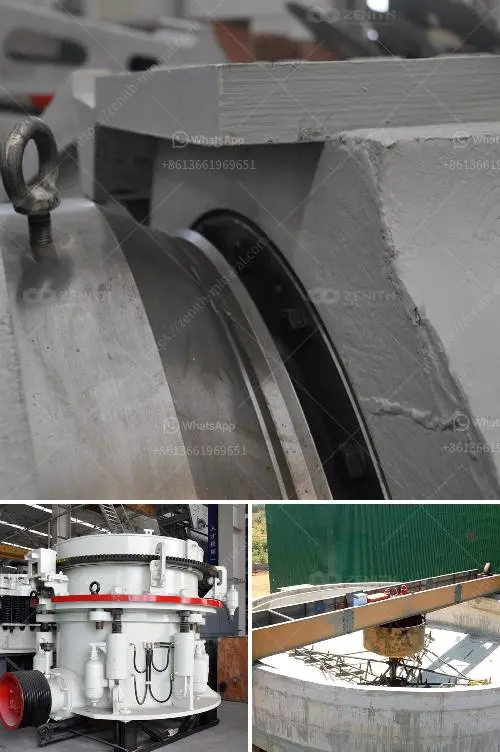Measuring the actual production capacity of a stone crusher involves several steps and factors to ensure accuracy. Here’s a systematic approach:
-
Understand the Specifications: Begin by reviewing the manufacturer's specifications for your stone crusher. This will give you a base level understanding of its intended capacity.
-
Choose a Measurement Period: Decide on a specific period over which you want to measure capacity, such as an hour, a day, or a week. A longer period can give more accurate averages.
-
Prepare for Measurement:
- Ensure that the stone crusher is running under normal operating conditions.
- Make sure that you have raw materials ready that match your usual input in terms of size and hardness.
-
Use a Weighing System:
- Implement conveyor belt scales or other weighing systems to measure the amount of material processed by the crusher. These systems can continuously measure the throughput.
-
Monitor the Input and Output:
- Track the quantity and size of the raw materials fed into the crusher.
- Measure the amount of processed material coming out and its quality. This helps ensure the crusher is producing the desired product size and quality.
-
Calculate Production:
- Actual production capacity can be calculated by dividing the total output during the measurement period by the length of that period. This will give you a rate usually expressed in tons per hour (tph).
- Account for any downtime in the calculation to get a more accurate capacity measure.
-
Consider External Factors:
- Acknowledge any factors that might affect production capacity, such as material moisture content, the hardness of the stone, operational inefficiencies, or machine wear and tear.
-
Record and Analyze Data:
- Keep detailed records of all measurements and operating conditions.
- Use this data to identify trends, spot potential issues, and optimize operations.
-
Adjust and Repeat:
- If the measured capacity is below expectations, investigate possible causes such as equipment wear, settings that need adjustment, or operational bottlenecks.
- After making adjustments, repeat the measurement to see if there is an improvement.
-
Routine Maintenance:
- Regularly inspect and maintain the crusher to ensure it runs optimally. Proper maintenance can keep the crusher efficient and maximize its capacity.
By systematically measuring and analyzing these factors, you can understand your stone crusher’s actual production capacity and make informed decisions to optimize it.

